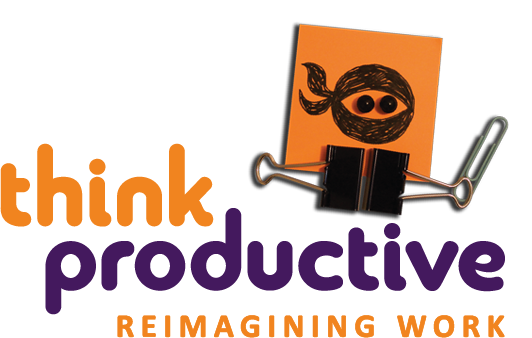We all encounter procrastination in our working lives. It’s a completely normal and human experience, albeit frustrating at times. First things first, the best action you can take is to give yourself a break from feeling guilty.
We can then move on to using the DUST tool to identify why you’re stuck in procrastination mode, have a dialogue with your lizard brain, tap into what emotions are showing up for you and identify your next practical step.
THE LIZARD BRAIN
Our brains have evolved a lot since we were monkeys, but one thing has hardly changed: the lizard brain.
A term popularised by Seth Godin in his brilliant book Linchpin, this part of our brain still remembers what it was like to need to survive, to blend in, to not make a fuss. In fact, the worst thing for the lizard brain to think would be that whatever we’re doing makes us stand out.
Standing out from the crowd in evolutionary terms meant you’d get picked off by a predator and this is exactly how the lizard brain still thinks! Understanding and quieting this part of our brain is key to breaking out of procrastination and identifying your next practical step.
THE DUST TECHNIQUE
DUST stands for:
- Difficult
- Undefined
- Scary
- Tedious
DUST acts as a diagnostic tool to identify which emotions and/or practical issues are getting in the way of you completing the task at hand.
D IS FOR DIFFICULT
Question: Is the task difficult?
Starting something new is a path into the unknown, and the unknown can be overwhelming. Do you feel overwhelmed? Are there a lack of resources available to you?
Begin by asking yourself if you’ve ever done a task like this before. If the answer is no, have a think about where you can get the information you need to complete the task.
Do you know someone who has done it before? Give them a call. Is additional information or a process needed before you can get started? Get into research mode. Perhaps you need to upskill before confronting the task? Start reading or take a course.
Make a decision on how to get familiar with the demands of the task and follow through.
U IS FOR UNDEFINED
Question: Is the scope of this task undefined?
Often, actions and tasks of various durations, skill levels and intensity will appear on your to-do list, making it hard to know where to begin.
You need a concrete sense of where to start. Begin by asking yourself what the measures of success are for this task or project. Define and name what the successful project outcome will be (this means you’ll know when to celebrate too!)
If you have a large project, break it into several sub-projects so it doesn’t feel quite so daunting.
While this helps you to establish what the technical issue was in beginning the task, it’s also important to ask yourself what the emotional issue of the task was. What’s it really about? Notice what stories related to who you are and how you do things come up for you here.
S IS FOR SCARY
Question: Does this task feel scary?
The lizard brain loves scary! Or rather, it hates being judged, being in the spotlight. It is exactly opposite to it’s compulsion to blend in.
The fear that your lizard brain registers here drowns out logical thoughts, pushing you to think of the worst possible scenario, a spiral of huge, overwhelming feelings that are purely fictional.
You need to trick your lizard brain into another state to jump-start your motivation. There are three great ways to do this:
- Trick your lizard brain into having a greater fear – create a deadline in someone else world and communicate it. Suddenly not delivering becomes the bigger fear
- Ridicule your lizard brain – write down the ‘worst that can happen’ scenarios for the task and invite your logical brain to pick those scenarios apart and discount the outcomes
- Make you lizard brain safe – just do the first ten minutes of a task. The momentum this creates often silences your lizard brain.
T IS FOR TEDIOUS
Question: Is this task tedious?
Sometimes tasks are just plain boring. It’s that simple.
You need to spice the task up a bit, to give your brain something to engage with. Ask yourself, how can you make this task fun? Here are our suggestions:
- Put some loud, ridiculous music on to make it silly and memorable
- For mindless tasks, multitask – put on a familiar film, podcast or audiobook to listen to while you work
- Make it social – give your best pal a call or invite co-workers to do their own tasks alongside yours
- You can also try gamifying the task and inviting your competitive streak to the table – create a measurement and challenge yourself, can you get it done quicker than last time? Or try setting a time limit for the task.
Over to you!
Regardless of which section your procrastination falls under, the most important thing you can do after identifying the issue is getting unstuck and taking some action.
Choose your next possible action and get to it. No more feeling stuck for you!
Revisit DUST whenever you need to break through your procrastination and tap into motivation. Bookmark this blog post to have quick access.
